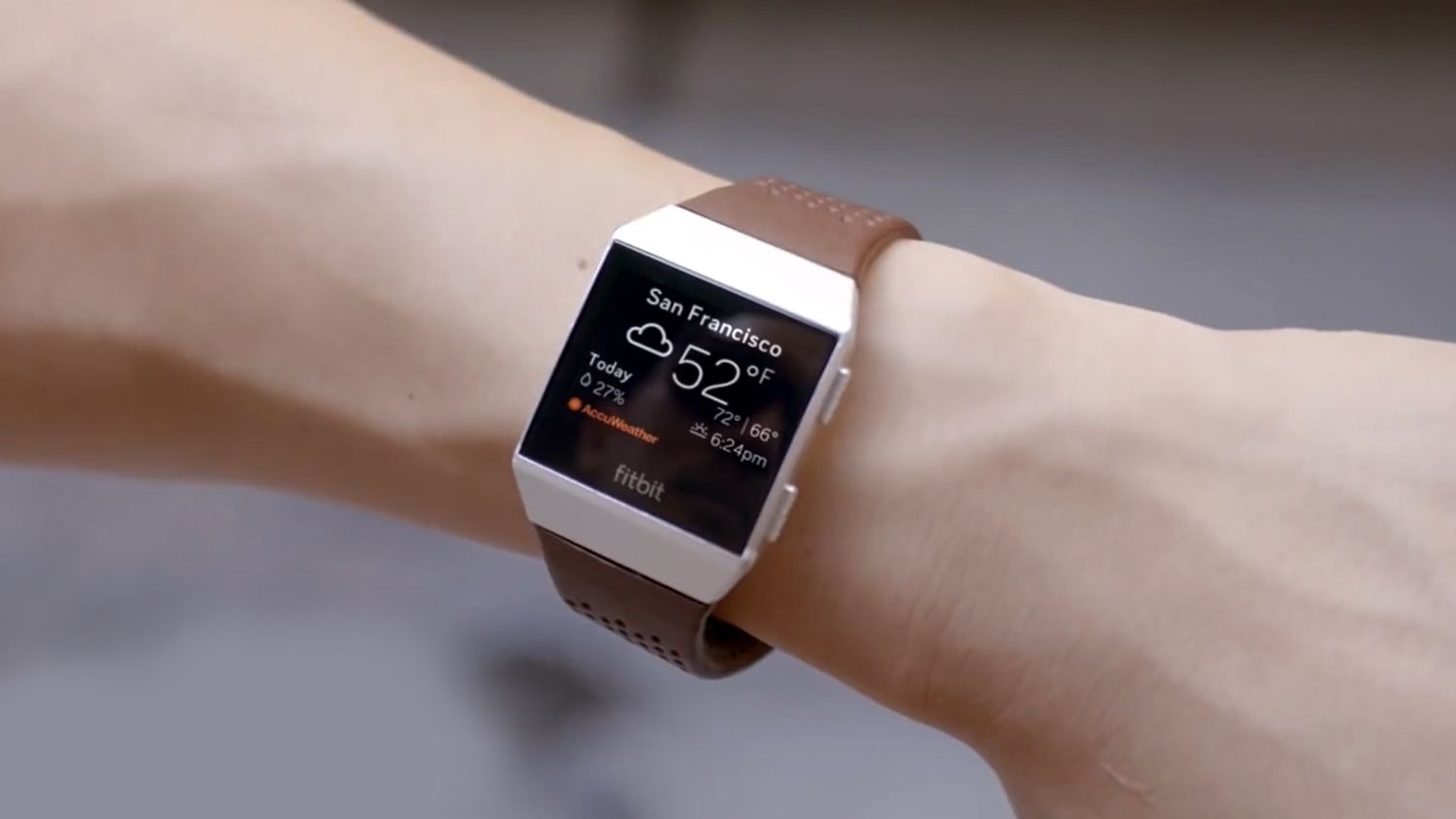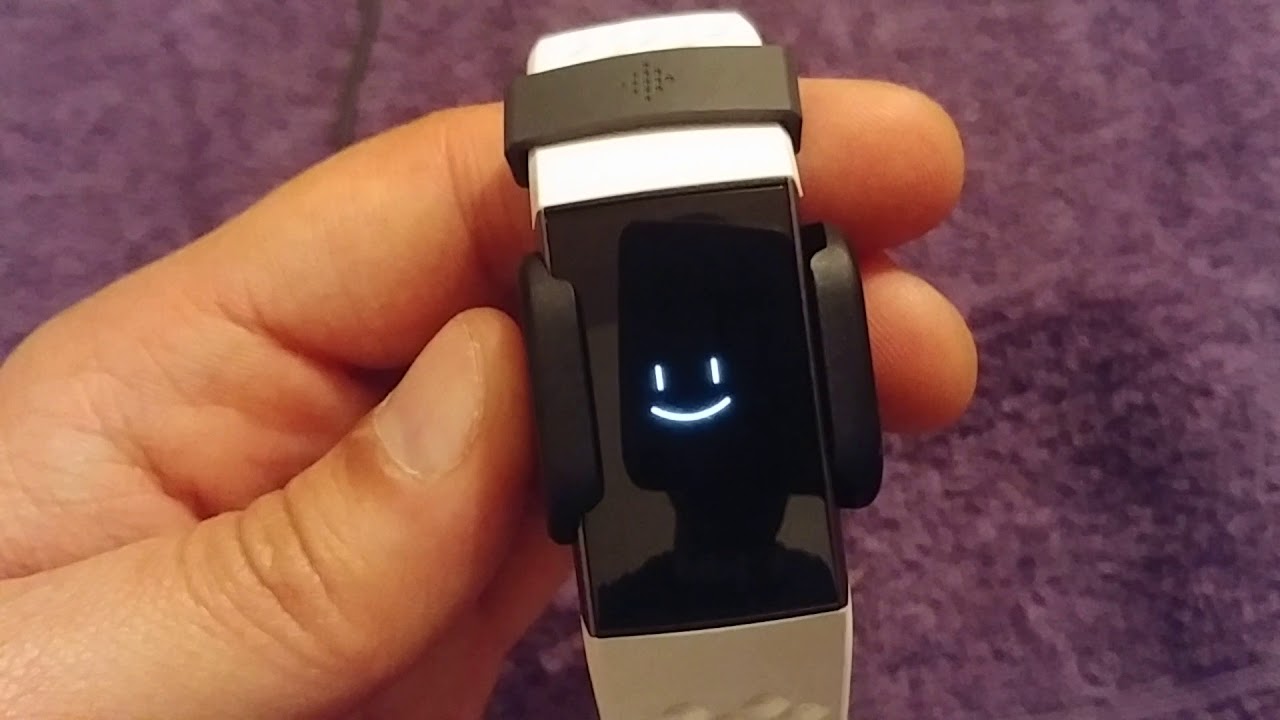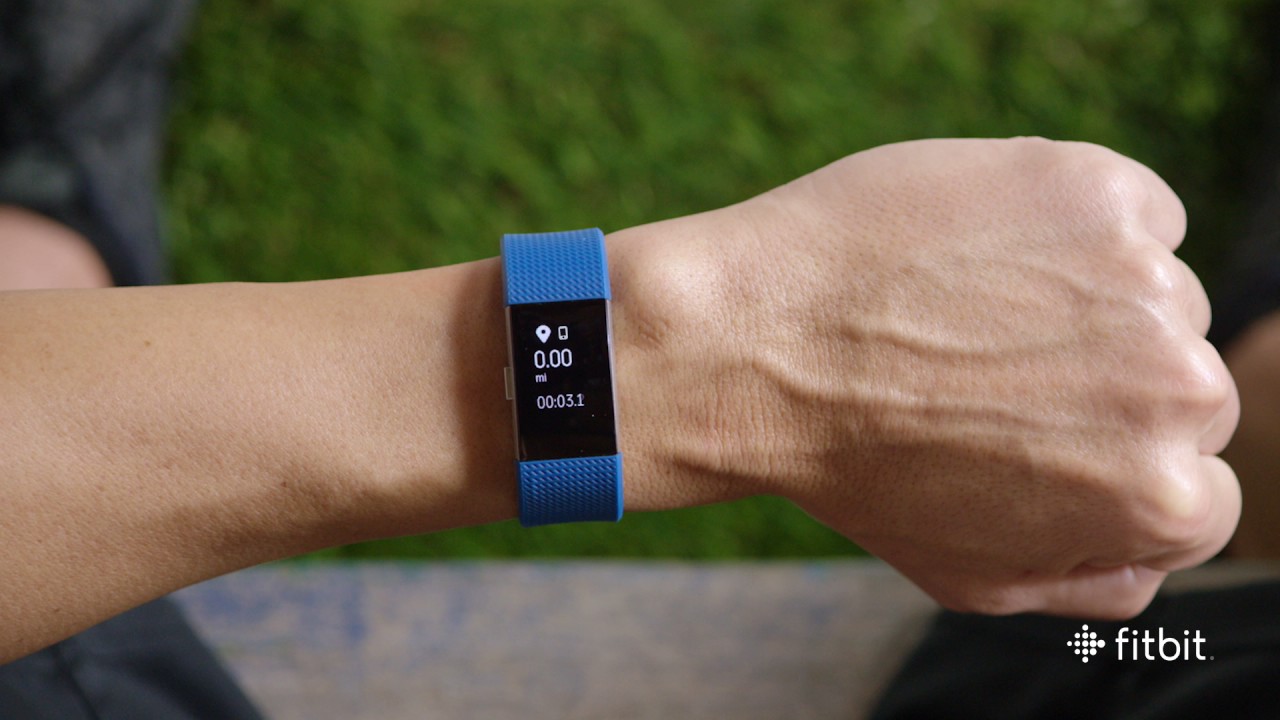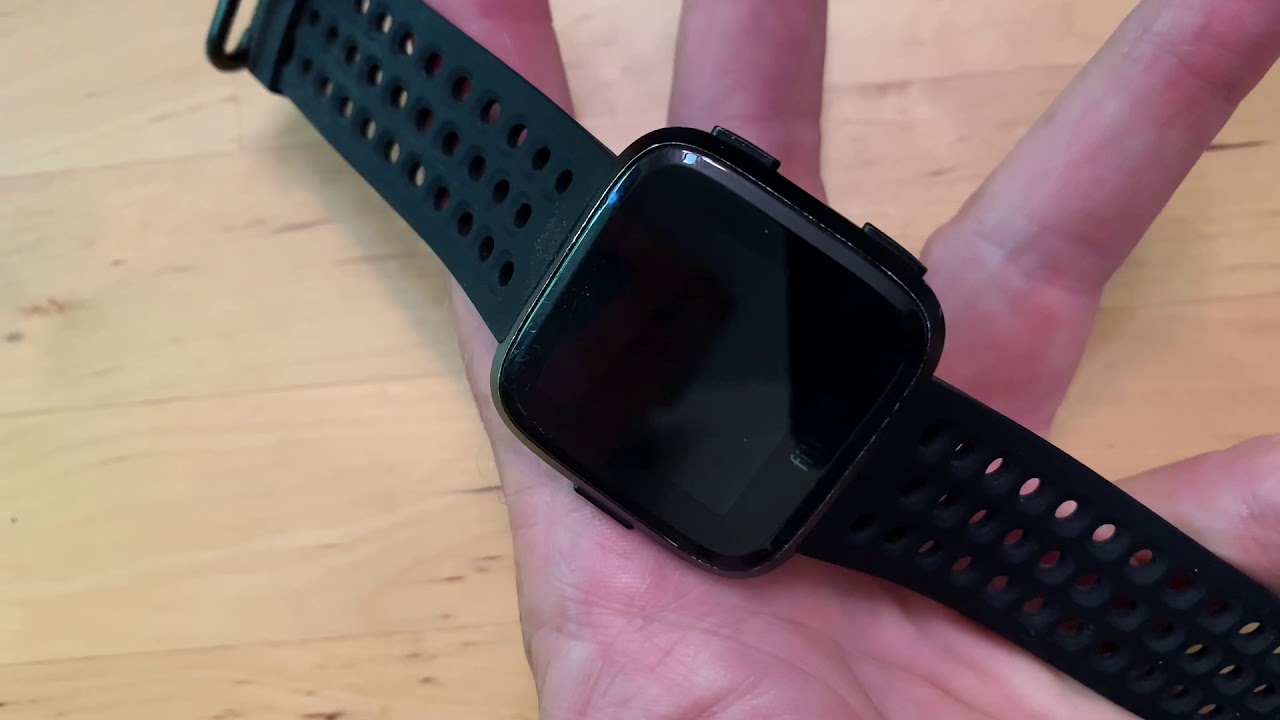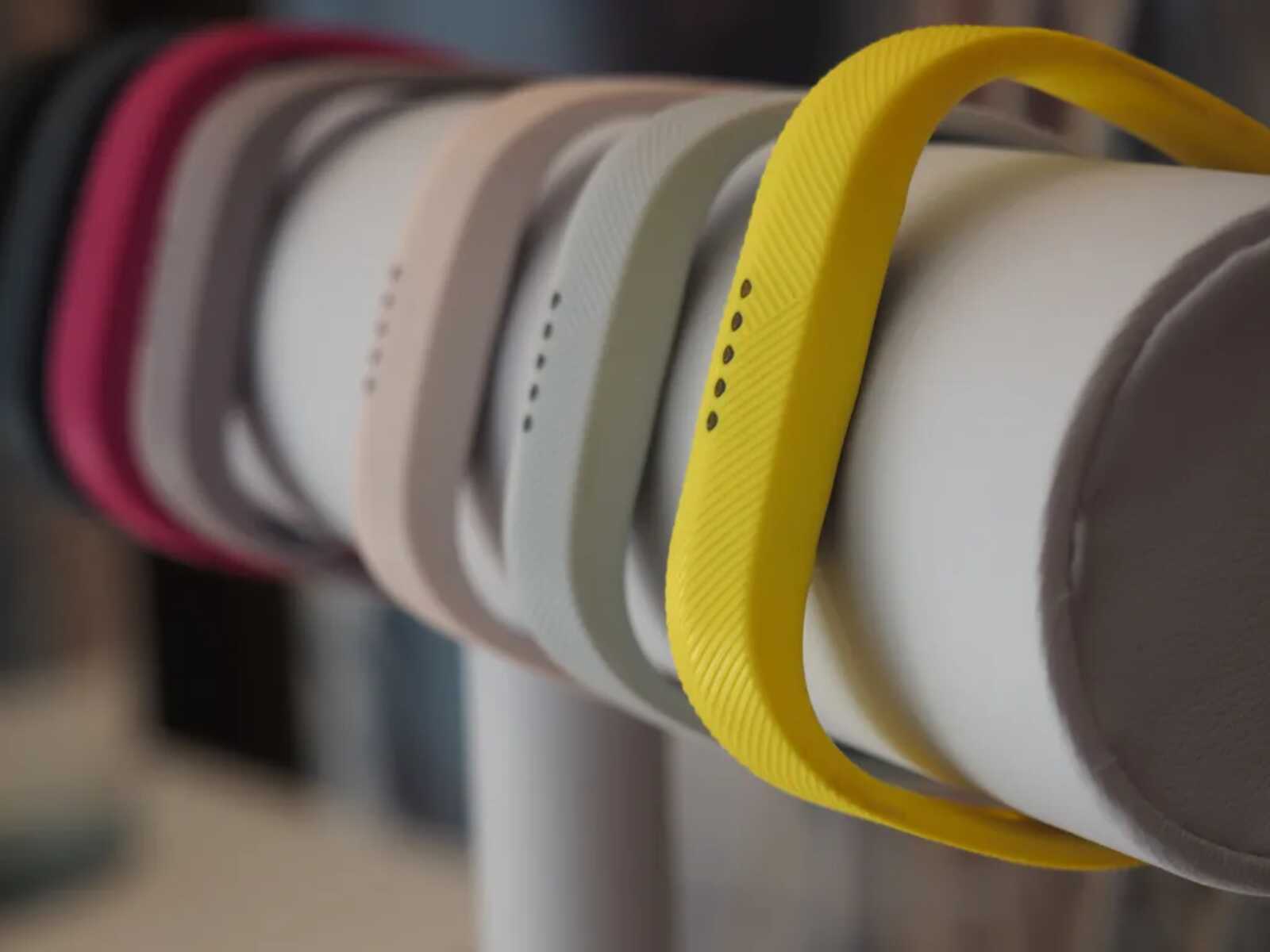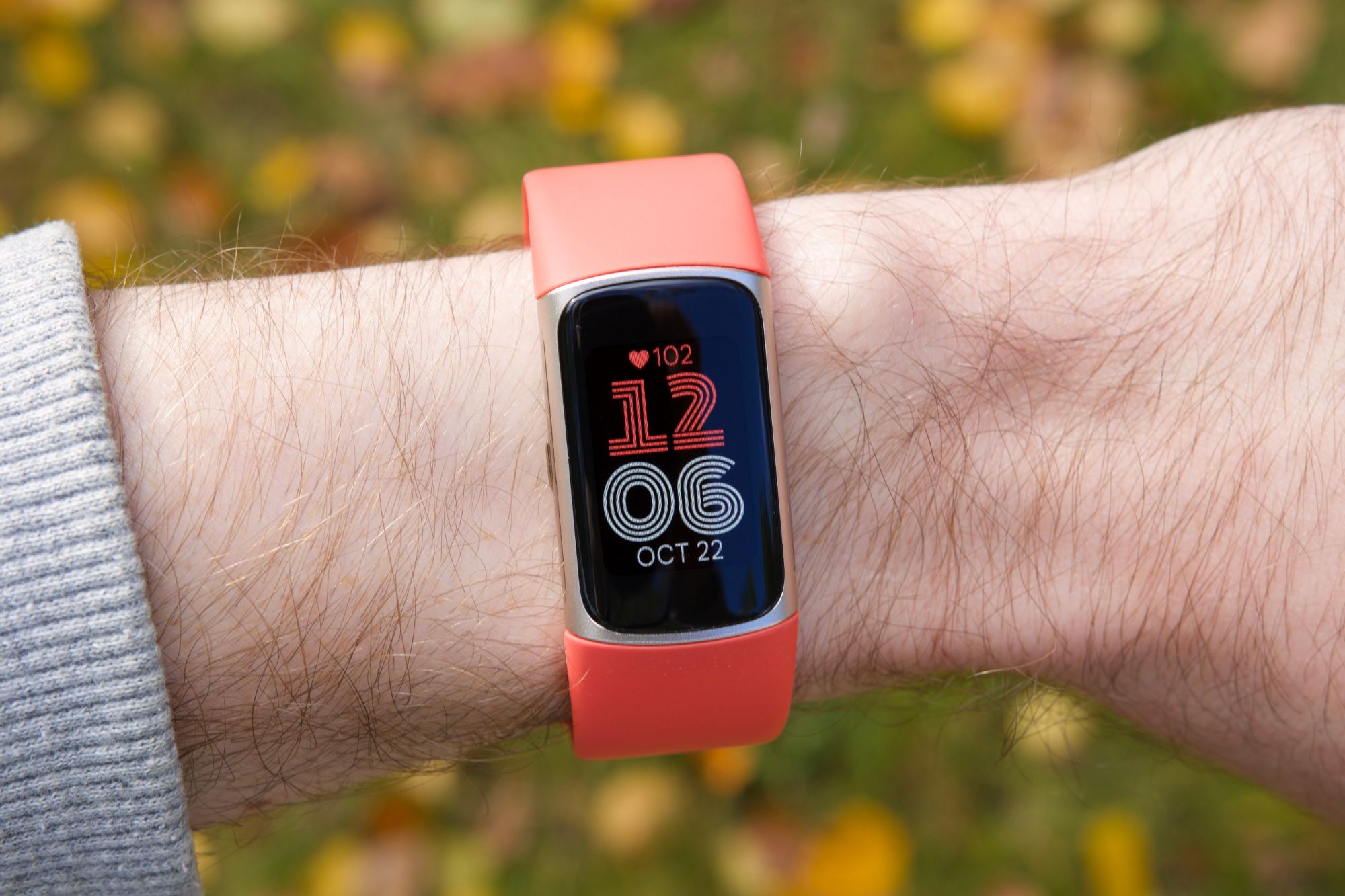Introduction
When it comes to wearable technology, Fitbit has established itself as a frontrunner in the market, offering an array of innovative devices designed to track fitness, monitor health metrics, and provide valuable insights into daily activities. As a Fitbit user, you've likely experienced the seamless integration of this device into your everyday routine, relying on its accuracy and convenience to support your wellness journey. However, amidst the hustle and bustle of modern life, it's easy to overlook a simple yet essential aspect of maintaining your Fitbit – powering it down.
In this article, we'll delve into the significance of powering down your Fitbit device, exploring the reasons behind this practice and its potential impact on your overall experience. Additionally, we'll walk you through the step-by-step process of powering down your Fitbit, ensuring that you can do so effortlessly whenever the need arises. Whether you're a seasoned Fitbit enthusiast or a newcomer to the world of wearables, understanding the importance of powering down your device is crucial for optimizing its performance and longevity.
Join us as we unravel the intricacies of powering down your Fitbit device, shedding light on the benefits and best practices associated with this often overlooked aspect of device maintenance. By the end of this article, you'll be equipped with the knowledge and confidence to power down your Fitbit device with ease, ensuring that it remains a steadfast companion on your path to wellness.
Why Power Down Your Fitbit Device?
Powering down your Fitbit device is a crucial yet often overlooked practice that can significantly impact its performance and longevity. While it might seem convenient to keep your device constantly powered on, taking the time to shut it down periodically offers several compelling benefits:
-
Performance Optimization: Just like any electronic device, Fitbit wearables can benefit from a periodic reset. Powering down your device allows it to clear temporary data and refresh its internal systems, potentially enhancing its overall performance. This simple maintenance task can help prevent sluggishness or unresponsiveness, ensuring that your Fitbit operates smoothly when you need it most.
-
Battery Conservation: Continuous usage without powering down can strain your Fitbit's battery life. By shutting down your device when it's not in use, you can conserve battery power and extend the time between charges. This is particularly advantageous for individuals with older Fitbit models or those who engage in prolonged outdoor activities where access to charging may be limited.
-
Software Updates and Bug Fixes: Periodically powering down your Fitbit device allows it to install software updates and bug fixes more effectively. These updates are essential for maintaining the device's security, performance, and compatibility with other applications. By ensuring that your Fitbit regularly powers down, you enable it to seamlessly integrate the latest enhancements and optimizations, keeping it up to date with the latest features and improvements.
-
Overall Device Health: Similar to giving your body a chance to rest and recuperate, powering down your Fitbit device provides it with an opportunity to reset and maintain its overall health. This can contribute to prolonged device lifespan and reduce the likelihood of hardware issues or malfunctions, ultimately enhancing the reliability and durability of your Fitbit.
In essence, powering down your Fitbit device is a simple yet impactful practice that can optimize its performance, conserve battery life, facilitate software updates, and maintain its overall health. By incorporating this routine maintenance task into your device management, you can ensure that your Fitbit remains a reliable and effective companion throughout your wellness journey.
How to Power Down Your Fitbit Device
Powering down your Fitbit device is a straightforward process that varies slightly depending on the specific model you own. Whether you have a Fitbit Versa, Charge, Inspire, or any other model, the following steps will guide you through the process of safely shutting down your device:
-
Access the Settings: Begin by navigating to the settings menu on your Fitbit device. This can typically be done by swiping left on the home screen or pressing the side button to access the quick settings.
-
Locate the Power Off Option: Once in the settings menu, look for the "Power Off" or "Shut Down" option. This may be located under a sub-menu such as "About" or "Device."
-
Confirm the Shutdown: Select the "Power Off" option and confirm your decision if prompted. Some Fitbit models may require you to press and hold the button to initiate the shutdown process.
-
Wait for the Shutdown: After confirming the shutdown, your Fitbit device will begin the power-off sequence. This may involve displaying a shutdown animation or a progress indicator, depending on the model.
-
Verify the Power Down: Once the shutdown process is complete, your Fitbit device's screen should turn off, indicating that it is powered down.
It's important to note that the process of powering down a Fitbit device may vary slightly based on the specific model and software version. If you encounter any difficulties or are unsure about the shutdown procedure for your device, referring to the official Fitbit user manual or contacting Fitbit support can provide you with tailored guidance.
By following these simple steps, you can confidently power down your Fitbit device whenever necessary, ensuring that it remains in optimal condition and ready to support your wellness endeavors. Incorporating this practice into your device management routine can contribute to a seamless and reliable Fitbit experience.
Remember that periodically powering down your Fitbit device can help optimize its performance, conserve battery life, and facilitate software updates, ultimately enhancing its overall health and longevity. By mastering the art of powering down your Fitbit, you can harness the full potential of this innovative wearable technology.
When to Power Down Your Fitbit Device
Knowing when to power down your Fitbit device is essential for maintaining its optimal performance and ensuring a seamless user experience. While it may seem convenient to keep your device running continuously, there are specific scenarios and circumstances where powering it down can prove beneficial. By recognizing these situations, you can proactively preserve the health and functionality of your Fitbit, ultimately maximizing its longevity and reliability.
1. After Intensive Workouts or Activities
Following intense workouts, outdoor adventures, or prolonged physical activities, consider powering down your Fitbit device. The wear and tear experienced during rigorous exercises can impact the device's internal systems, and a brief power down can provide it with the opportunity to recalibrate and recover. This practice can help prevent overheating, optimize performance, and extend the lifespan of your Fitbit.
2. Prior to Extended Storage or Inactivity
If you anticipate not using your Fitbit device for an extended period, such as during travel, vacations, or periods of inactivity, it's advisable to power it down. By doing so, you can conserve battery life and prevent unnecessary drainage during periods of non-use. Additionally, this proactive measure can safeguard the device's internal components and ensure that it remains in optimal condition when you're ready to resume using it.
3. Following Software Updates or Troubleshooting
After installing software updates or troubleshooting technical issues on your Fitbit device, consider powering it down. This simple step can aid in the effective implementation of updates and fixes, allowing the device to reboot and integrate the changes seamlessly. It also provides an opportunity for the device to recalibrate and ensure that the updates are fully optimized.
4. Periodic Maintenance and Device Health Checks
Incorporating periodic power downs into your device maintenance routine is a proactive approach to preserving the overall health of your Fitbit. Consider scheduling regular power downs, such as once a week or bi-weekly, to allow the device to reset, refresh, and maintain its internal systems. This practice can contribute to prolonged device lifespan and reduce the likelihood of performance issues or malfunctions.
By recognizing these scenarios and integrating them into your Fitbit device management, you can harness the benefits of powering down at strategic intervals. This proactive approach can optimize performance, conserve battery life, facilitate software updates, and maintain the overall health of your Fitbit, ensuring a reliable and enduring wearable experience.
Conclusion
In the fast-paced world of wearable technology, the simple act of powering down your Fitbit device can often be overshadowed by its day-to-day usage. However, as we've explored in this article, the significance of this practice cannot be overstated. By taking the time to power down your Fitbit at strategic intervals, you can optimize its performance, conserve battery life, facilitate software updates, and maintain its overall health. These benefits, when combined, contribute to a seamless and enduring user experience, ensuring that your Fitbit remains a steadfast companion on your wellness journey.
As a Fitbit user, mastering the art of powering down your device empowers you to proactively preserve its functionality and longevity. Whether it's after intensive workouts, prior to extended periods of inactivity, following software updates, or as part of a regular maintenance routine, the strategic power down of your Fitbit can yield tangible advantages. It's a simple yet impactful practice that aligns with the broader concept of holistic wellness – just as we prioritize rest and recovery for our bodies, powering down your Fitbit provides it with the opportunity to recalibrate and rejuvenate, ultimately enhancing its reliability and effectiveness.
By following the step-by-step guide to powering down your Fitbit device, you've gained the knowledge and confidence to incorporate this practice seamlessly into your device management routine. From accessing the settings to confirming the shutdown and verifying the power down, you now have the tools to ensure that your Fitbit remains in optimal condition, ready to support your wellness endeavors whenever you need it.
In closing, the journey of wellness is multifaceted, encompassing physical activity, mental well-being, and the seamless integration of technology to support our goals. By recognizing the importance of powering down your Fitbit device and embracing it as a proactive maintenance task, you're not only enhancing the performance and longevity of your device but also fostering a deeper connection to your wellness journey. With each strategic power down, you're reinforcing the reliability and effectiveness of your Fitbit, ensuring that it remains a trusted ally in your pursuit of a healthier, more active lifestyle.







